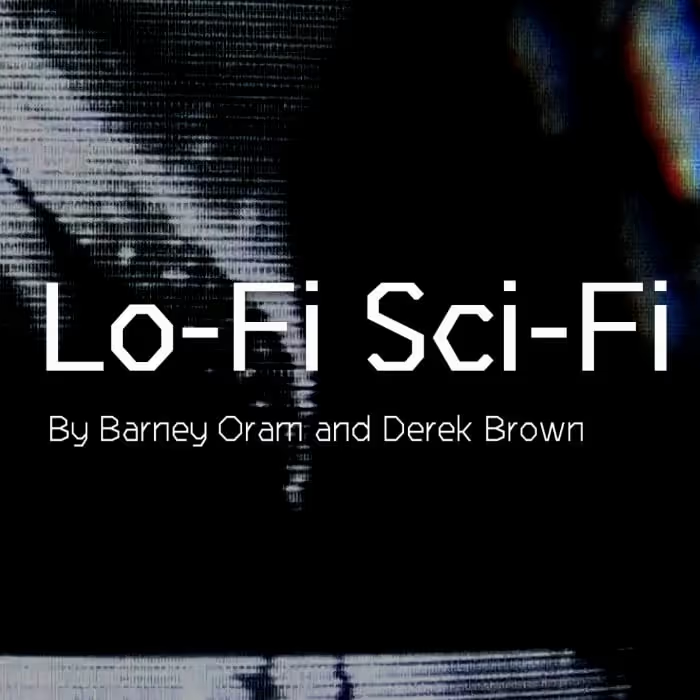In the captivating documentary feature The Lost Leonardo (released by Sony Pictures Classics), director Andreas Koefoed explores the restoration and sale of the mysterious “Salvator Mundi” painting, thought to be a lost masterpiece of Leonardo da Vinci.
Just as the film explores the restoration of a painting, re-recording mixer/sound designer Peter Albrechtsen and the sound team explore the “restoration” of the film’s sound. Creating sound for a documentary is almost like restoring a painting – you want to fill in the sonic details that weren’t captured on set yet stay true to the original subject. It requires a light touch that isn’t obvious or overstated. But is there room for style?
Here, Albrechtsen talks about his poetic and abstract approach to adding sonic texture to this documentary film, working elements of The Lost Leonardo‘s score into the sound design, using foley to draw the audience’s attention to specific characters, and more!
THE LOST LEONARDO | Official Trailer (2021)
As a sound designer who works on documentaries, what are some core principles to your approach? Or what are some general guidelines (dos and don’ts) that you feel are appropriate to sound design for documentaries?
Peter Albrechtsen (PA): Sound design for documentaries can be many different things. Sometimes it is indeed mostly about restoration and making rough recordings sound as good as possible and cleaning up noises and grit. But generally, I feel like modern documentaries are so much more than that. It’s really about telling stories with sound where you find a specific sonic identity for a story and underscore and enhance it with ambiences and sound effects and rhythms and moods – through sound.
Superficially, The Lost Leonardo seems like a very traditional “talking heads” documentary built from interviews and atmospheric visual material. A lot of documentaries on TV are made like that. But the director Andreas Koefoed is really into sound and music and he wanted the sound design to create an extra dimension in the storytelling.
Of course, we had to make sure that the interviews sounded as pristine as possible and there are several moments where we made sounds for what you see – especially the sounds of the many countries we visit while following the “Salvator Mundi” painting around the world. But instead of always just adding in sounds for the action we see in the picture, Andreas wanted the sound to be more poetic and atmospheric and even the most basic environmental sounds usually have an abstract or musical layer to them.
The sound should have the same kind of rich textures which are in the paintings in the film. So on top of adding in the more traditional foley and ambiences, there are almost always different sonic textures playing throughout the film. Sometimes they’re very subtle and delicate, and at other times, they become more upfront and intense.
…Andreas wanted the sound to be more poetic and atmospheric and even the most basic environmental sounds usually have an abstract or musical layer to them.
I used a lot of abstract delays and reversed reverbs to give the sonic storytelling a musical flow. It gave the film an extra dimension; though, when you’re watching the film, you won’t really think of the film as a big sound design movie – the sounds support the visuals but if you heard them on their own you would realize how abstract they often are.
It actually goes back to something I remember Skip Lievsay saying once. Skip is one of my sound design heroes and when he did movies with a lot of voice-over – like some of his magical work with Scorsese and the Coens – he felt it opened up for a more poetic approach to the sound design. The same goes for a movie like The Lost Leonardo, which is mostly based on interview footage: the audience is very much focused on all the dialogue and narration which means that the soundscape around the words can be quite abstract and atmospheric.
The composer Sveinung Nygaard was part of the project very early on, so his wonderful score was pretty much finished when the sound design process started. This meant that I could build all these different sonic textures around the music so it fits tonally and rhythmically with the music. Sveinung used some beautiful choir vocals as a kind of theme for the “Salvator Mundi” painting and I got those vocal recordings from him and created lots of different textures, which I used for some of the ambient layers in the sound design – the choir became a kind of sonic shadow that can also be heard as subtle layers in the ambiences, winds, and city soundscapes. I love when sound design and score melt together like that. Sveinung was very open to that kind of collaboration, which made everything much more fun.
… the audience is very much focused on all the dialogue and narration which means that the soundscape around the words can be quite abstract and atmospheric.
We were actually three sound designers on the project – I did the film together with two of Sweden’s greatest film sound veterans, Per Boström and Per Nyström.
Boström is one of Scandinavia’s best dialogue mixers so he mostly took care of the dialogue editing and mixing; Per Nyström handled a lot of the work with the backgrounds and supervised the foley from Ulf Olausson and I did the more abstract sound elements and dived deep into the grey zone between sound design and music with terrific help from my longtime assistant, sound effects editor Mikkel Nielsen.
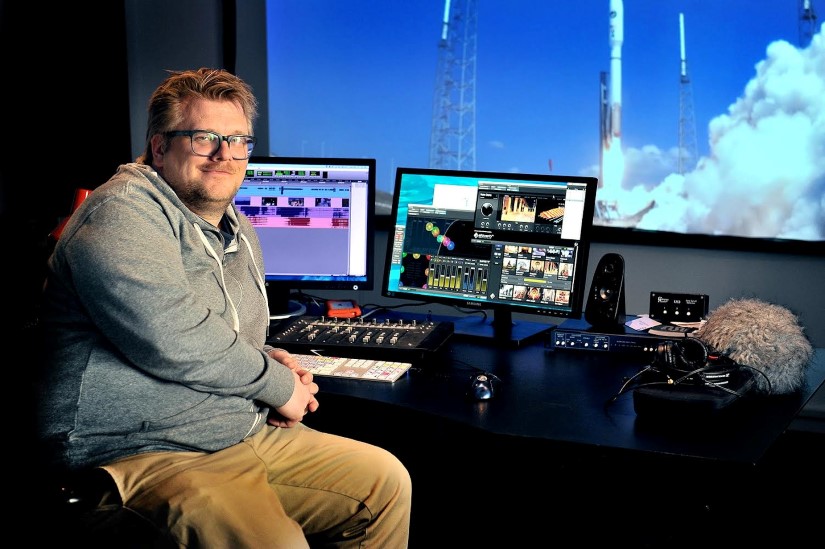
Aside from the recorded interviews, was there any production sound? Any recorded ambiences or PFX to work with?
PA: There wasn’t much recorded apart from the interviews, no. There are some places where we use production sound – the big auction was solidly recorded, which was a great help – but these recordings were always augmented with layers of ambiences or foley.
Overall, the soundscape is mostly created afterwards. Foley artist Ulf Olausson really managed to make steps and movements sound very natural and organic, which was incredibly helpful.
It’s always fun to find the sounds that quickly give a place character and usually I look for crowds, sirens, church bells, and very local stuff like that…
A key thing was also getting hold of great ambiences from the many different countries we visit in the film but I’ve got a lot of international recordings now as I’ve done quite a few documentaries from around the world. It’s always fun to find the sounds that quickly give a place character and usually I look for crowds, sirens, church bells, and very local stuff like that which immediately makes you feel you’re in a specific location.
For example, it might be a big cliché to use the sound of Big Ben when you’re in London but if you make those iconic bells part of a gritty, textured, urban environment instead of just playing them upfront it puts you in the place in a subtle and very effective way.
I also want to highlight the desert sounds of George Vlad, which I used for the scenes towards the end in Saudi Arabia. His recordings were amazing – rich, textured, and extremely evocative.

How did you start filling out the sound of this documentary? Did you start with sounds and ambiences you already had and then fill in the gaps with foley? Or did you start with foley, and then fill in the areas that still felt ‘lacking’ with ambiences you pulled from libraries or from your own recordings?
PA: Making the sound design for this film was almost like doing an animated film because the only thing we really used from the original recordings were the voices, and then for every sequence in the film, we had to decide how the sounds should be – dramatic or delicate, beautiful or poetic?
We really paint with sound and the sound is a big part of the way we experience the characters – like whenever the art restorer Dianne Modestini is in the scenes, the sounds are often very delicate and soft, which creates a warm, human feeling around her presence on the screen.
…when watching a movie the eye usually follows the sound so if you add foley steps to one character in a sequence but not to anyone else then you immediately follow that person as a viewer.
Generally, we did ambiences and effects design first and then the foley was recorded towards the very end of the process, just before the mix, because we needed to find out which sounds were missing when all the other sound elements were in place.
The foley in the film is often added in scenes to highlight something in the picture. It’s interesting how when watching a movie the eye usually follows the sound so if you add foley steps to one character in a sequence but not to anyone else then you immediately follow that person as a viewer. That’s something we did in several places in this film to make a certain person significant. The ear guides the eye throughout.
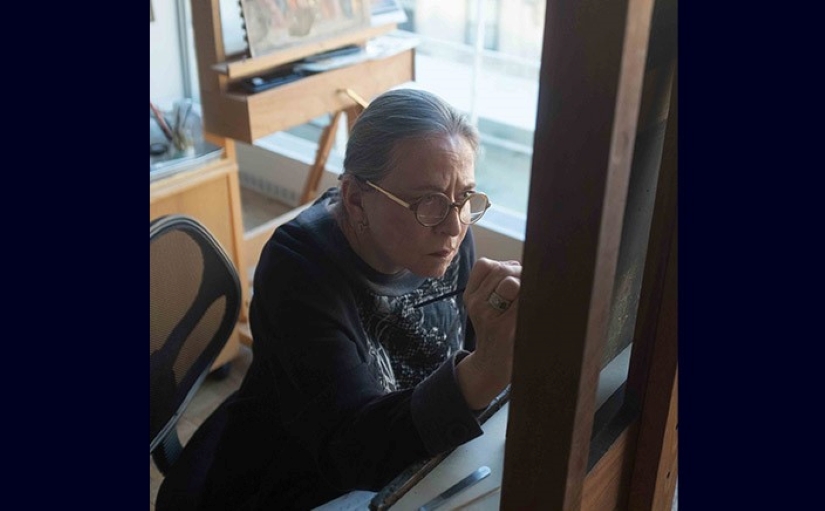
What was the most difficult environment, or most difficult scene to ‘restore’ sonically – to make it feel like that sound is/could be happening in that situation?
PA: The big auction at Christie’s in New York was a fun sequence. We added lots of movement for the people in the room to make you feel the crowd and people’s reactions to the crazy spectacle. At the same time, Andreas did a really interesting thing where he had several of the main characters of the film watch the auction on phones or computers, and every time we cut to the different characters, we made it sound like they were watching it on different speakers. We used a lot of EQs and speakerphone plug-ins to build that layered sequence. It gives the whole thing a lot of extra dynamic shifts, and even though it’s a pretty long sequence, it feels very suspenseful and intense. A big shoutout to picture editor Nicolás Nørgaard Staffolani as well who did an amazing job on the film.
[tweet_box]Creating Intriguing Sound for Documentary film ‘The Lost Leonardo’ — with Sound Designer Peter Albrechtsen[/tweet_box]
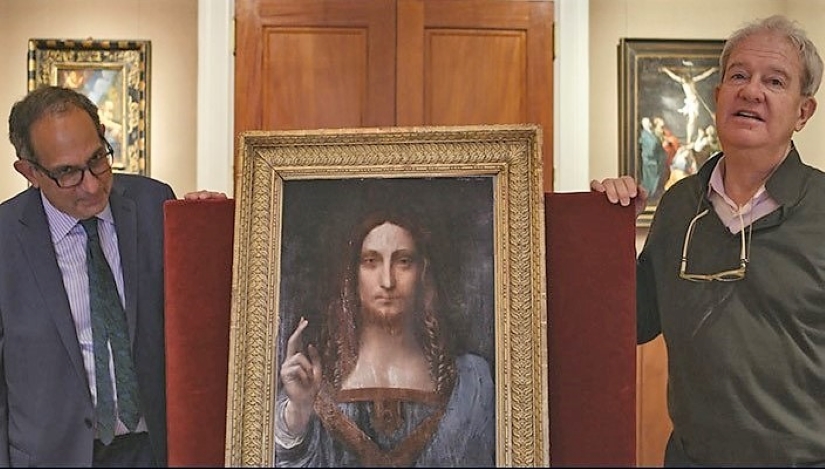
There are times when the sound does get a bit more dramatic, such as when the “Salvator Mundi” doesn’t end up in the Da Vinci expo at the Louvre, and a voice says, “One painting not here, the still-controversial ‘Salvator Mundi.’ Here, instead, a copy from the same period…” and the voice echoes and reverbs out. And at the end of that same sequence, when other reporters/commentators are talking about it being a no-show, there’s a collage of voices in different languages talking about it. For these more “obvious” sound moments, is there a limit as to how far one can/should go with the sound?
PA: The collages of news clips throughout the film were an element that we really enhanced during the sound editing process. The picture editor had already added a few news speakers here and there but when I heard this I thought we could expand this much more so that the audience really felt how the story of this painting is worldwide news.
So instead of having only one speaker clip placed individually here and there, we got hold of several clips in different languages telling the same story and then I did a lot of treatments of the different elements to get the feeling of zooming in and out to radio waves and broadcast signals from around the world.
…I did a lot of treatments of the different elements to get the feeling of zooming in and out to radio waves and broadcast signals from around the world.
Again, I played around with the Audio Ease’s Speakerphone plug-in for this, but mostly I used The Cargo Cult’s Slapper plug-in as I love how you can dig deep into the many different delay settings so that a voice almost morphs into a musical instrument.
These collages were refined until the very end of the mix as Andreas kept on finding new clips to integrate, and mixing those elements was a lot of fun – panning them around the audience so you really got this dizzying feeling of media madness.

If you had to pick one scene that defined your work on The Lost Leonardo, what would that be and why?
PA: I really love the sequence with the Swiss businessman Yves Bouvier, who purchased paintings – including the “Salvator Mundi” – and sold them for outrageous markups. When you meet this eccentric character for the first time everything feels quite fun and playful; he is even driving around smiling on a one-wheel bike. The sounds are similarly bright and happy with kids playing in the distance, light birds, and delicate, natural, organic sounds.
I used all kinds of distorted sound elements and freaky echoes throughout this sequence, which just keeps escalating below Bouvier’s narration.
But then the whole drama escalates and the sounds become more dark and ominous. I used all kinds of distorted sound elements and freaky echoes throughout this sequence, which just keeps escalating below Bouvier’s narration.
It’s subtle, sure, but you really get the feeling of how everything goes horribly wrong. Some critics have compared the film to a thriller and I think that’s because of a sequence like this, which becomes very suspenseful and riveting because of the dark and energetic nature of the sounds.
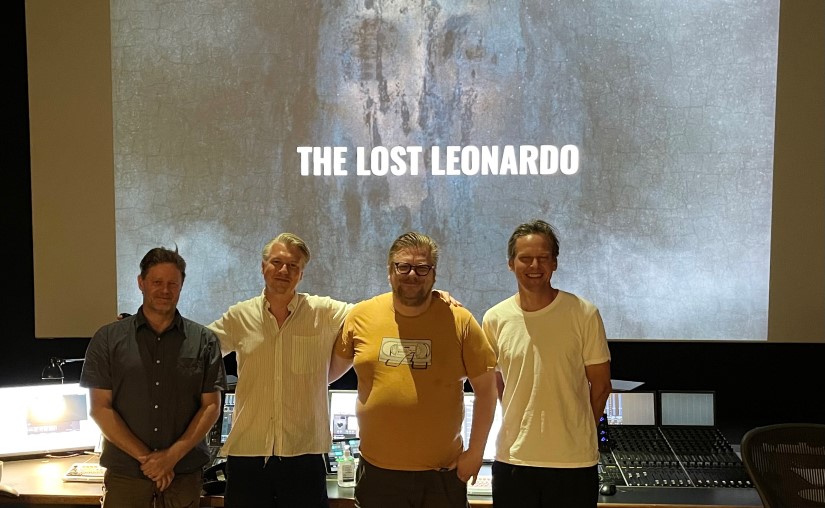
What would you want other sound pros to know about the sound on The Lost Leonardo?
PA: I’m so happy with the amazing response to the film. It’s been traveling around the world and getting glowing reviews everywhere. Even though a director like Errol Morris has made amazing movies based on “talking heads” material for years, I think sometimes people tend to think that there’s not much sound design in this kind of documentary.
…you can be immensely creative in a film like this and hopefully, sound pros who experience ‘The Lost Leonardo’ can feel how much work and effort was put into making this an enveloping sonic experience.
But I think you can be immensely creative in a film like this and hopefully, sound pros who experience The Lost Leonardo can feel how much work and effort was put into making this an enveloping sonic experience.
One of the producers of the film said this amazing thing – she had previously seen the edit without any sound design but when she saw the final mix her first comment was, “Now it suddenly feels like a movie!”
For me, that’s such a great compliment of our work. I love how Andreas Koefoed and everyone on the whole team really turned this amazing story into a thrilling visual and sonic experience. I’m very proud of being a part of it.
A big thanks to Peter Albrechtsen for giving us a behind-the-scenes look at the sound of The Lost Leonardo and to Jennifer Walden for the interview!


